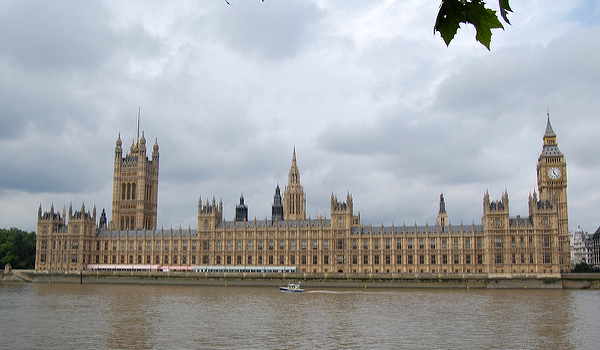New database will monitor all car journeys by CCTV
By March of this year a database that will run alongside the existing Police National Computer in Hendon will store the details of 35 million number-plate reads per day.

By March of this year a database that will run alongside the existing Police National Computer in Hendon will store the details of 35 million number-plate reads per day.
These will include time, date and precise location, with camera sites monitored by global positioning satellites. There are also plans in existence to extend the databases capabilities so that it can handle 100 million number plates each day.
The system of CCTV cameras will incorporate the existing network of cameras on the UKs roads and motorways, but they will be converted so they can all read number plates day or night. Some senior police officers have welcomed the advance stating that it is one of the largest steps forward in technological development since the introduction of DNA fingerprinting. But civil liberties groups have stated that tracking and storing the movements of law-abiding citizens could be an infringement of their rights.
The new system has the full support of ACPO with central government already approving the £24m that will be spent on equipment this year. More than 50 local authorities have already agreed to have their cameras converted so they can read number plates. Forces across the UK are also in consultation with the Highways Agency as well as petrol stations and supermarkets to bring their cameras into the system.
Once a number plate has been captured it will be checked against any stolen cars on the Police National Computer, but captured number plates will also be checked for out-of-date road tax and MoT. MI5 will also have access to the database.
Frank Whiteley, Chief Constable of Hertfordshire and chairman of the ACPO steering committee on automatic number plate recognition (ANPR) said: Every time you make a car journey already, youll be on CCTV somewhere. The difference is that, in future, the cars index plates will be read as well. What the data centre should be able to tell you is where a vehicle was in the past and where it is now, whether it was or wasnt at a particular location, and the routes taken to and from those crime scenes.
A pilot scheme for the project ran for just over a year between 2002 and 2003. The result from the scheme clearly showed a dramatic improvement in police efficiency. Dubbed Project Laser 2 it involved 23 police forces using specially fitted vans with ANPR cameras linked to a police database. It led to a fivefold increase in the arrest rate for frontline officers.


